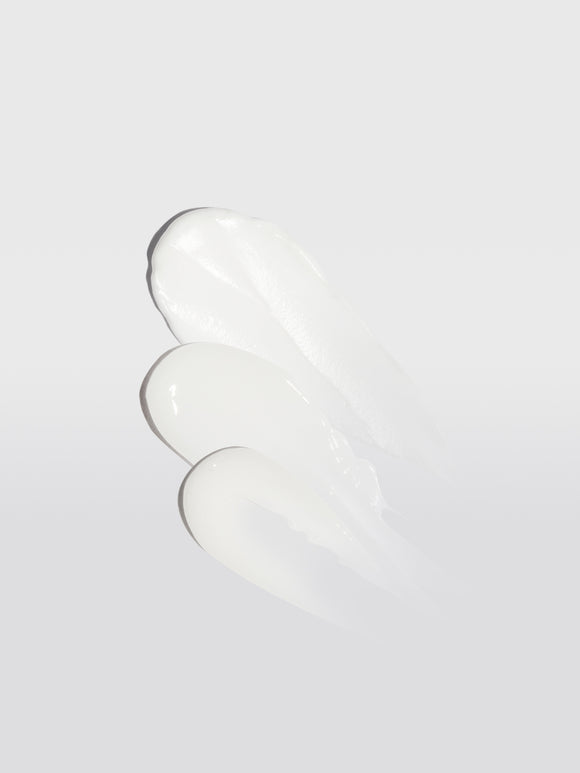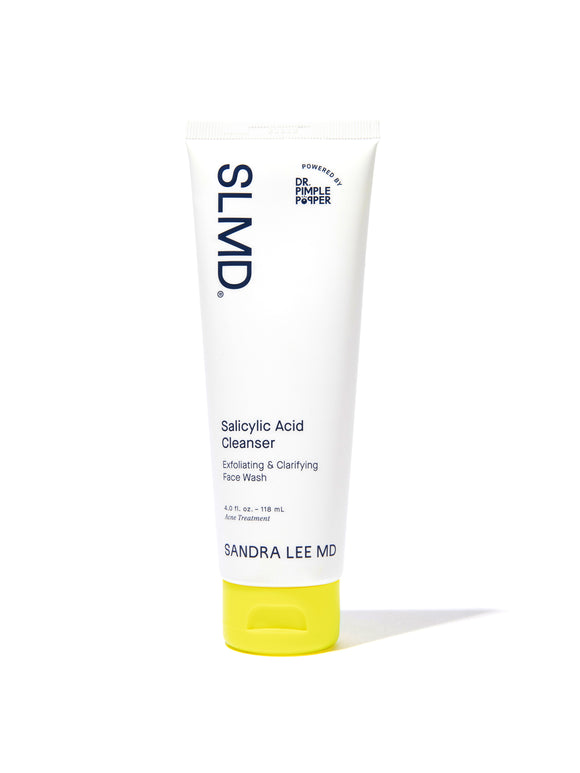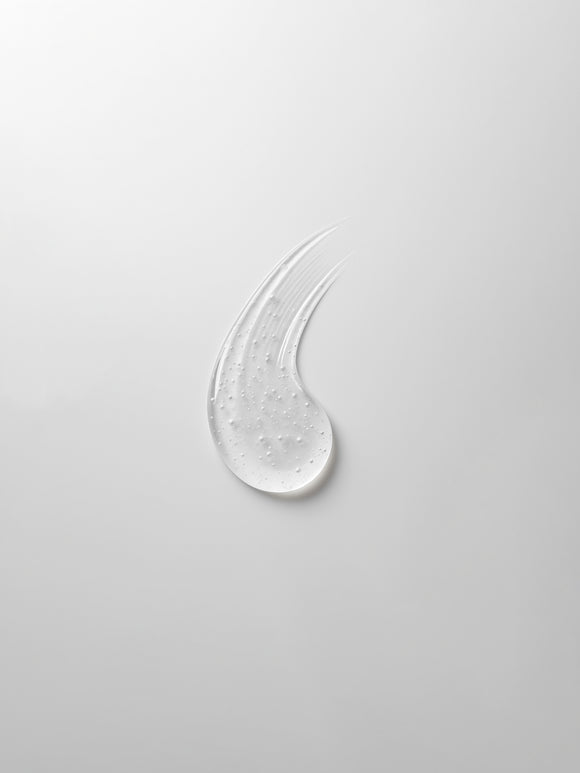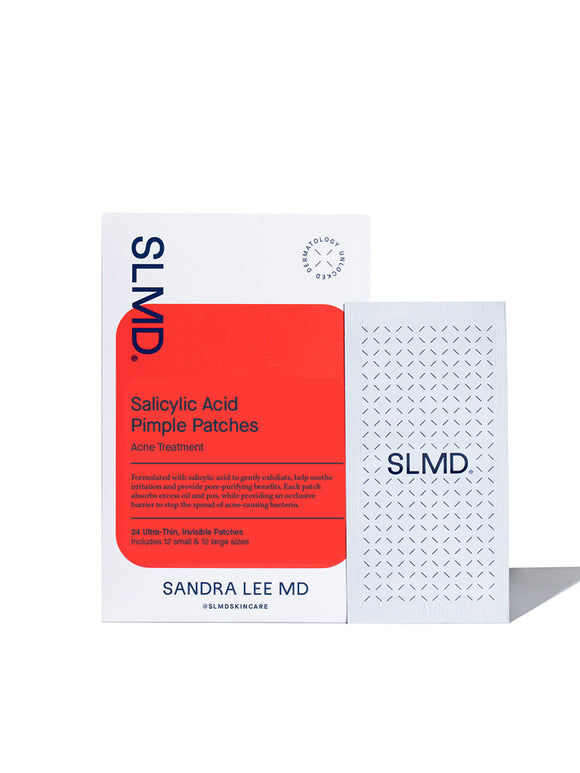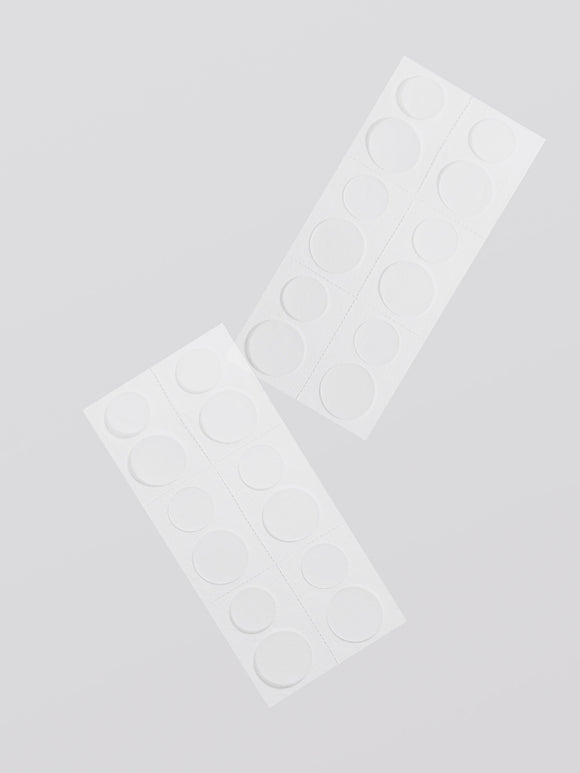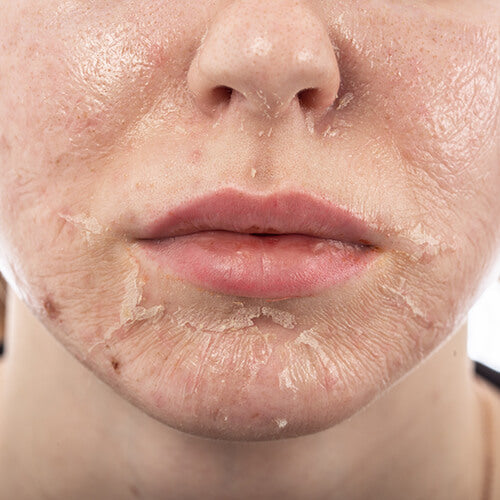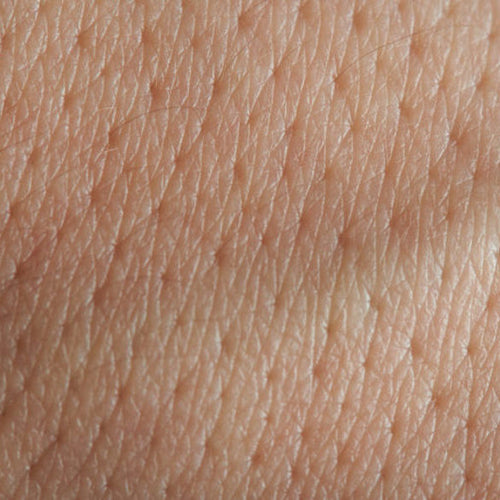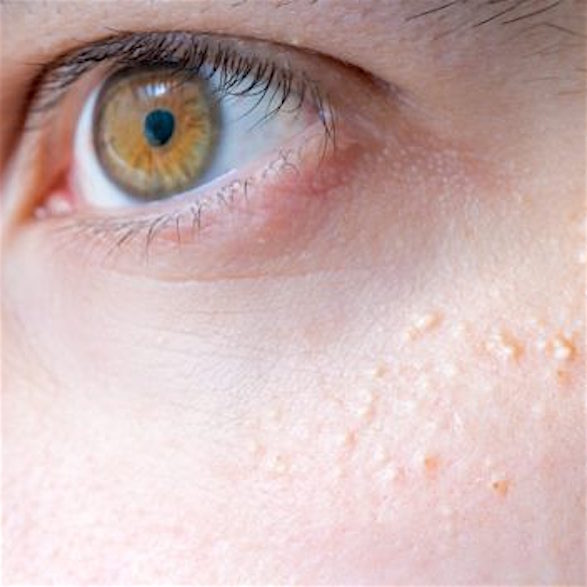
All About Those Tiny White Bumps, aka Milia
Dr. Pimple Popper explains how to treat — and prevent — this common skin condition.
Published:
3 minute read
Ever wonder what those little white bumps are on your skin? Maybe you mistook one for a whitehead and tried to pick at it to no avail? This is because they aren’t pimples, they’re called milia (milium if there’s just one) and they’re tiny, white, firm papules, which is the medical term for these types of small, raised bumps.
Milia are extremely common in babies — researchers say that up to fifty percent of newborns get them — but people are susceptible to a milium cyst at any age. Even though milia are NOT dangerous and will disappear on their own a lot of the time, we know it can be frustrating to play the waiting game for them to go away. Here is a crash course on milia, and the best ways to treat and avoid them.
Article Quick Links
What are milia?
Put simply, milia are tiny (less than three millimeter) superficial cysts that form when skin cells (made of keratin) become trapped instead of naturally shedding. The keratin gets lodged under a layer of protective skin tissue and forms those little white bumps along the skin.
While milia can be annoying, they usually aren’t itchy or painful. Because they’re on the skin’s surface, trying to pop them will usually just irritate the skin around them, increasing your risk of skin infection and permanent scarring.
Dr. Pimple Popper's Milia Fixes
Can you stop milia from forming?
The answer isn’t a straight yes or no, but you can make changes to your lifestyle and routine that may help prevent milia from forming. Usually, milia are the result of problems on the skin’s surface, but it can be hard to pinpoint their exact cause. Here are some tips you can try at home:
- Lighten up your skincare products. Avoid applying heavy, occlusive products (thick creams, makeup, even lip balm) on your skin. These can coat the surface and inhibit natural cell shedding.
- Exfoliate regularly. If you’re noticing a lot of little white bumps, it's time to incorporate a gentle, chemical exfoliant into your routine. Combine beta hydroxy acid (like salicylic acid) with alpha hydroxy acids (like glycolic, lactic and mandelic) to slough away dead skin cell buildup.
- Always wear suncreen. Milia are often associated with damage to the skin: blisters, burns, skin resurfacing procedures, and sun damage. Make sure your SPF product is lightweight and formulated with acne-prone skin in mind, which means it's less likely to be occlusive.
SLMD Skincare to try: Salicylic Acid Cleanser. Hyaluronic Acid Moisturizer, AHA/BHA Swipes, Dual Defender SPF 30
How do you treat milia?
Most of the time, milia bumps will disappear over time as your skin starts to shed dead cells. Aside from being patient, you can speed up the process using chemical exfoliants like we mentioned above: alpha hydroxy acids (AHAs) and beta hydroxy acids (BHAs). Topical retinoids, like over-the-counter retinol, can also help shed dead cell buildup.
You can spot treat milia, but because it's not acne, it's important to pay attention to the ingredients you choose. Benzoyl peroxide kills acne-causing bacteria, so it's not your best bet here. Instead, opt for spot treatments containing salicylic acid, which can penetrate into your pores and soften up that excess keratin. Do take care, however, not to over-apply — or get too close to the delicate eye area, which can lead to irritation.
If you just want them gone, consult with your dermatologist — they can perform a simple evacuation by incising the milia, then extracting the tiny but firm pearl under the skin. Light electrocautery, chemical peels, laser surgery, and dermabrasion are also methods of removal.
SLMD Skincare to try: AHA/BHA Swipes, SLMD Retinol Resurfacing Serum, Salicylic Acid Pimple Patches, Salicylic Acid Spot Treatment

Dr. Lee's Last Word
Milia are incredibly common, and a lot of people confuse them for acne whiteheads. Please, don't try to pop them — you can do a lot of damage. Instead, encourage them to go away by using chemical exfoliants and retinol...and you can always talk to your dermatologist if your bumps are really bothering you.






